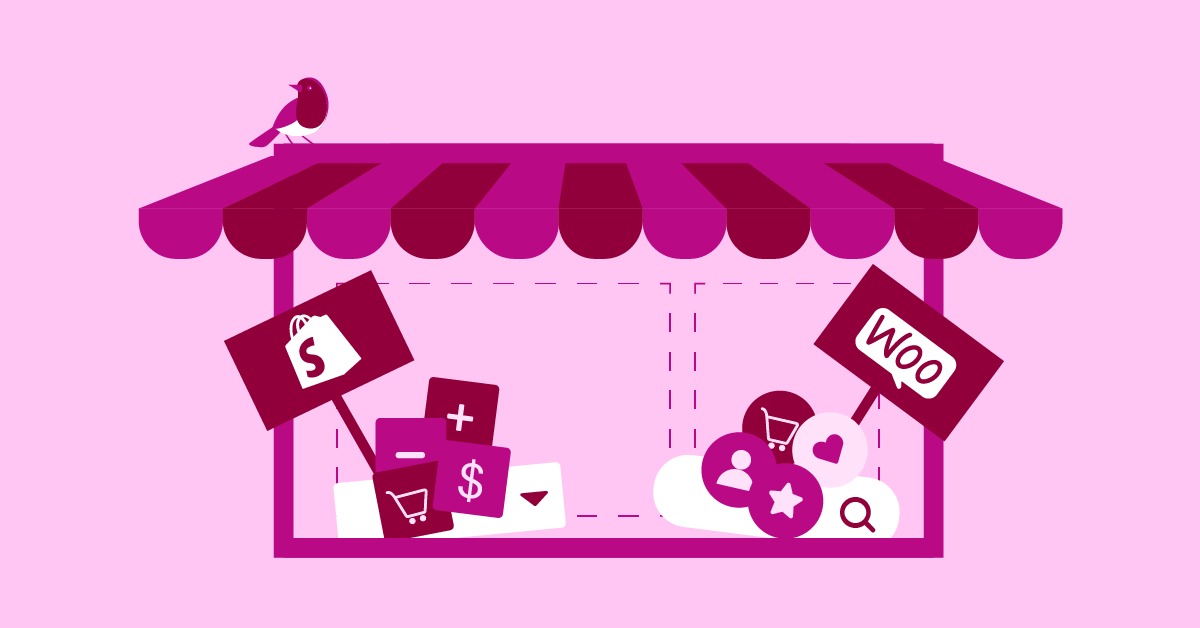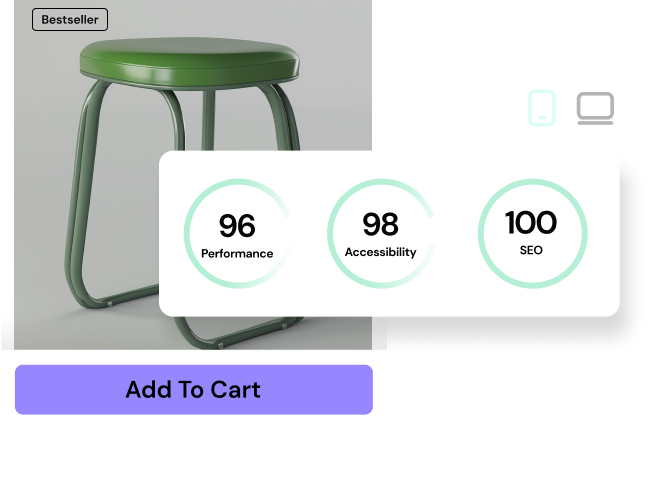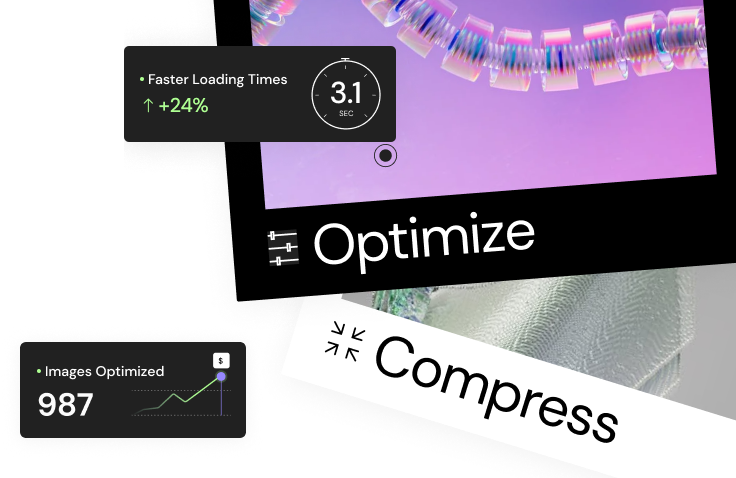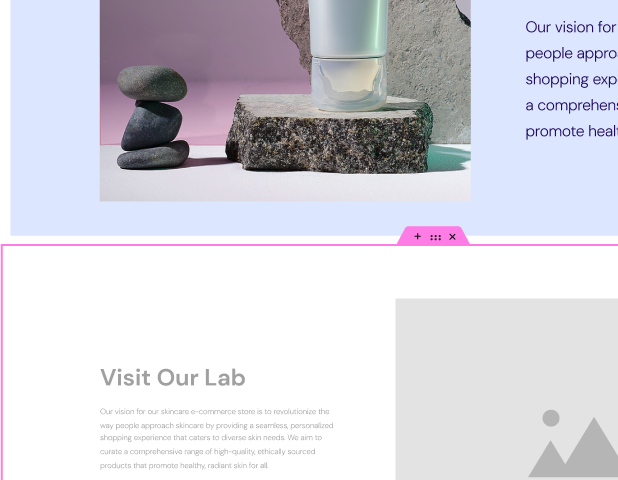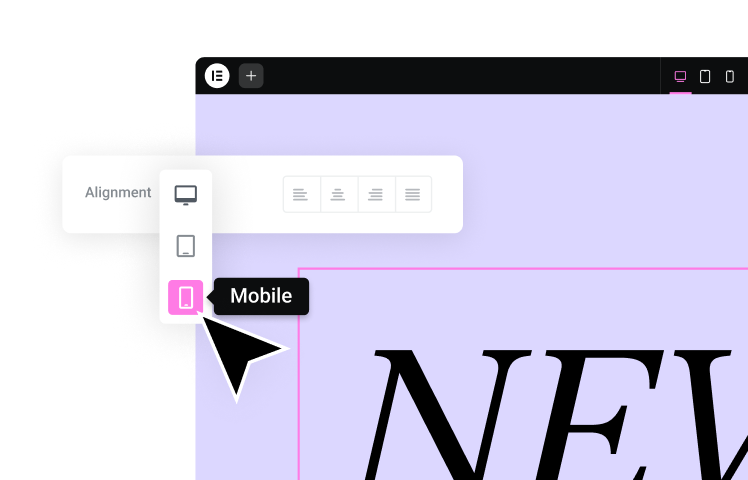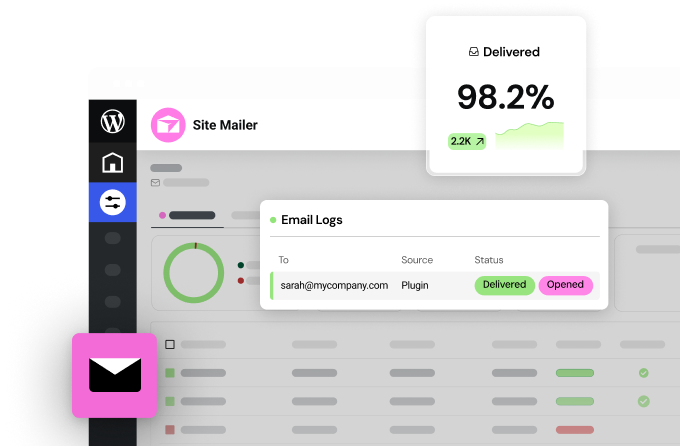Table of Contents
Running an online business is about more than just having a pretty website. There’s a whole world of costs hiding behind that polished interface. And trust me, you don’t want to be caught off guard when those bills start rolling in.
So, what’s the real deal with Shopify’s pricing? Grab a cup of coffee, and let’s break it down together. We’re going to look at every fee, from the obvious to the sneaky ones you might not expect. By the time we’re done, you’ll know exactly what you’re getting into—and how to make it work for your wallet.
Shopify’s Pricing Plans: The Basics
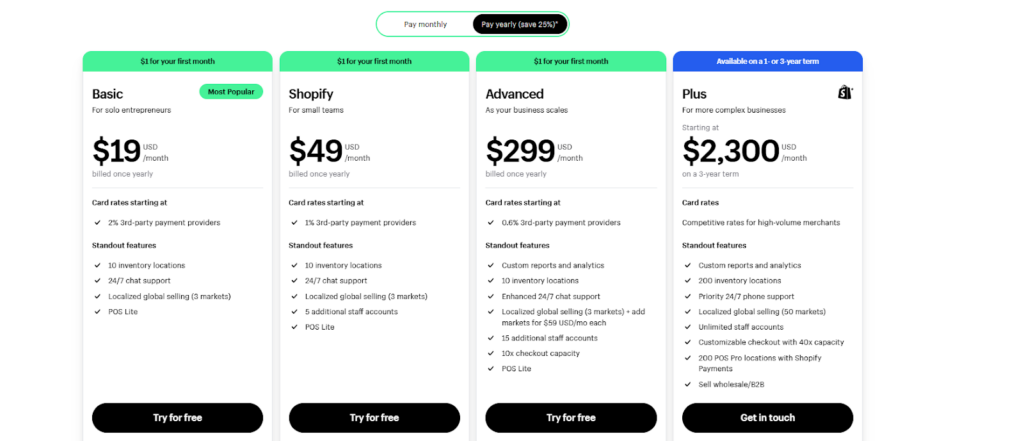
Shopify offers three main plans: small, medium, and large. Each is designed for a different stage of your business journey.
Here’s a quick look at what you get with each:
| Feature | Basic Shopify | Shopify | Advanced Shopify |
| Monthly Cost | $39 | $105 | $399 |
| Online Store | ✓ | ✓ | ✓ |
| Staff Accounts | 2 | 5 | 15 |
| 24/7 Support | ✓ | ✓ | ✓ |
| Reporting | Basic | Professional | Advanced |
| Shipping Discounts | Up to 77% | Up to 88% | Up to 88% |
| International Pricing | Manual | Auto (20 languages) | Auto (20 languages) |
| Online Credit Card Rates | 2.9% + 30¢ | 2.6% + 30¢ | 2.4% + 30¢ |
| In-Person Credit Card Rates | 2.7% | 2.5% | 2.4% |
Pro Tip: Don’t just look at the features—think about where your business is now and where it’s heading. The right plan can save you money in the long run.
Breaking Down the Monthly Fees
Let’s dig into what you’re actually paying for each month:
- Basic Shopify ($39/month)
- Perfect for: Newbies and small-scale sellers
- What you get: The essentials to get your store up and running
- Key features: Unlimited products, basic reports, 24/7 support
- Shopify ($105/month)
- Perfect for: Growing businesses ready to level up
- What you get: Everything in Basic, plus some extra tools to boost sales
- Key features: Professional reports, abandoned cart recovery, gift cards
- Advanced Shopify ($399/month)
- Perfect for: Established businesses with high sales volumes
- What you get: The works—all the tools you need for a large-scale operation
- Key features: Advanced reports, lower credit card fees, third-party shipping rates
Remember, you’re not locked into one plan forever. As your business grows, you can upgrade. Or, if things are tight, you can always downgrade. Flexibility is key!
The Hidden Cost: Transaction Fees
Here’s where things get interesting. While your monthly fee stays the same, transaction fees can really add up as your sales grow.
What are transaction fees? They’re charges on each sale you make. Think of them as a small cut Shopify takes from every purchase.
Shopify has its own payment system called Shopify Payments. If you use it, you’ll pay:
- Basic Shopify: 2.9% + 30¢ per online transaction
- Shopify: 2.6% + 30¢ per online transaction
- Advanced Shopify: 2.4% + 30¢ per online transaction
But what if you want to use another payment method? Well, that’s when things can get pricey. Shopify will charge an extra fee on top of what your chosen payment gateway charges:
- Basic Shopify: Additional 2% per transaction
- Shopify: Additional 1% per transaction
- Advanced Shopify: Additional 0.5% per transaction
Quick Math: If you’re selling a $100 item on Basic Shopify using a third-party payment gateway, you could be looking at $4.90 in fees for that single sale. That adds up fast!
Pro Tip: Consider offering discounts for customers who use Shopify Payments. It could save you both some cash.
Shopify’s Core Fees: The Nitty-Gritty You Can’t Ignore
So, you’ve picked your Shopify plan. Great start! But hold your horses—there’s more to the story. Let’s talk about the fees that’ll hit your wallet as you start selling. Trust me, knowing these inside out will save you from nasty surprises down the road.
Transaction Fees: The Price of Doing Business
Every time a customer buys something, you’ll pay a fee. It’s just part of the game. Shopify gives you two ways to handle payments:
- Shopify Payments: This is Shopify’s own system. It’s straightforward and keeps things simple. Your fees depend on your plan (remember that pricing table?). The best part? There are no extra fees for using it.
- Other Payment Methods: Want to use PayPal, Stripe, or something else? Go for it. But heads up—you’ll pay their fees plus an extra fee to Shopify. This extra bit ranges from 0.5% to 2%, depending on your plan.
Pro Tip: Processing different cards (like international ones) might cost more. Always check the fine print!
Payment Gateways: Choices, Choices
Shopify works well with many payment systems. While that’s great for flexibility, it can make it confusing to choose.
Here’s the deal:
- Shopify Payments: It’s built-in and works smoothly. Rates are competitive, and there’s no extra fee.
- Other Options: PayPal, Stripe, you name it. They might have cool features you want. But remember, using these will cost you extra:
- Basic Shopify: Extra 2% per sale
- Shopify: Extra 1% per sale
- Advanced Shopify: Extra 0.5% per sale
Some payment systems might throw in monthly fees or setup costs. Do your homework before picking one!
Shopify Apps: Power-Ups for Your Store
Think of Shopify apps like add-ons for your store. They can do all sorts of cool stuff, from jazzing up your marketing to keeping your inventory in check. But here’s the kicker—many aren’t free.
Apps fall into a few main groups:
- Marketing and Sales: These help you sell more. Think of email tools, social media helpers, and ways to catch customers before they leave.
- Store Design: Make your shop look snazzy. Add reviews and image galleries, or even use fancy builders like Elementor to create a knockout storefront.
- Shipping and Orders: Track what’s going where. These apps work with shipping companies to make your life easier.
- Customer Service: Tools to keep your customers happy, like live chat or FAQ builders.
- Getting Stuff Done: Apps to help you run things smoothly, from crunching numbers to spotting trends in your sales.
Watch Your Wallet: App costs can sneak up on you. Some are free (usually with limits), while others want monthly or yearly payments. Start small and add more as you grow.
Before you hit “install” on any app:
- Check out the price tag and what you get for it.
- See what other shop owners are saying in the reviews.
- Compare similar apps to get the best bang for your buck.
And hey, remember to clean the house now and then. Ditch any apps you need to be using to keep your costs in check.
Shopify’s Hidden Costs: The Stuff They Don’t Put in the Brochure
Alright, let’s talk business. You’ve got the basics down, but there’s more to running a Shopify store than just the sticker price. Let’s dig into the costs that might sneak up on you when you least expect it.
Making Your Store Look Snazzy: Theme Costs
Your store’s look is like your shop window – it’s gotta catch eyes and keep them there. Shopify’s got two flavors of themes:
- Free Themes are great for newbies or those pinching pennies. They look good, but they’re about as unique as a white T-shirt.
- Paid Themes: These will set you back $100 to $350, but they’re like a custom-tailored suit. There are more bells and whistles, and you won’t look like every other store on the block.
Pro Tip: Even free themes cost money if you want to jazz them up. Are you hiring someone to tweak the code? That’s going to cost you.
Elementor: Your Secret Weapon
Have you ever heard of Elementor? It’s like Lego for websites. You can drag and drop pieces to make your store look just how you want without calling in the coding cavalry. It works with Shopify and might save you a bundle on designer fees.
Your Store’s Address: Domain Costs
You need a web address, and unless you want to be “Bob’s Awesome Store.myshopify.com” (yikes), you’ll need to buy a domain.
Here’s the lowdown:
- New Domain: $11 to $14 per year through Shopify
- Renewal: Same as buying new. Set a reminder!
- Transfer: Moving your domain to Shopify? Usually free.
Money-Saving Tip: Buy your domain for multiple years upfront. It’s like buying in bulk – you might score a discount.
Getting Stuff to Customers: Shipping Costs
Shipping can be a real pain in the wallet. Shopify gives you the following options:
- Real-Time Carrier Rates: This option shows exact shipping costs at checkout. It’s great for transparency, but it might scare off bargain hunters.
- Shopify Shipping: This service is available in the US, Canada, and Australia. You can save up to 88% on shipping. Not too shabby!
- Flat Rate Shipping: One price fits all. It is simple, but you might lose money on heavy stuff.
Pro Tip: Remember to factor in boxes, packing peanuts, and the time it takes to package everything. That stuff adds up!
Keeping in Touch: Email Marketing Costs
Shopify has basic email tools, but for the good stuff, you should look at services like Mailchimp or Klaviyo. They’re like a megaphone for your store, helping you shout about sales and new products.
These tools usually charge based on how many people you’re emailing. The more folks on your list, the more you’ll pay. But a good email can be worth its weight in gold (if emails weigh anything).
The “Oops” Fund: Unexpected Costs
Here’s where things can get tricky. These aren’t regular costs, but they can pop up when you least expect it:
- Chargebacks: When a customer disputes a charge. Costs $15-$20 a pop.
- Currency Conversion: Selling globally? You might lose 0.5% to 2% on currency swaps.
- App Renewals: Those handy apps? They might auto-renew at higher prices. Keep an eye out!
- Theme Updates: Even paid themes might need paid updates or fixes.
The Golden Rule: Always keep a rainy day fund. In e-commerce, it tends to drizzle more often than you’d think.
WordPress + Elementor: The Secret Sauce for a Budget-Friendly Online Store
So, you’re ready to set up shop online, but your wallet looks thin. No sweat! Let’s discuss using Elementor to jazz up your WordPress store without breaking the bank.
Elementor: Your New Best Friend
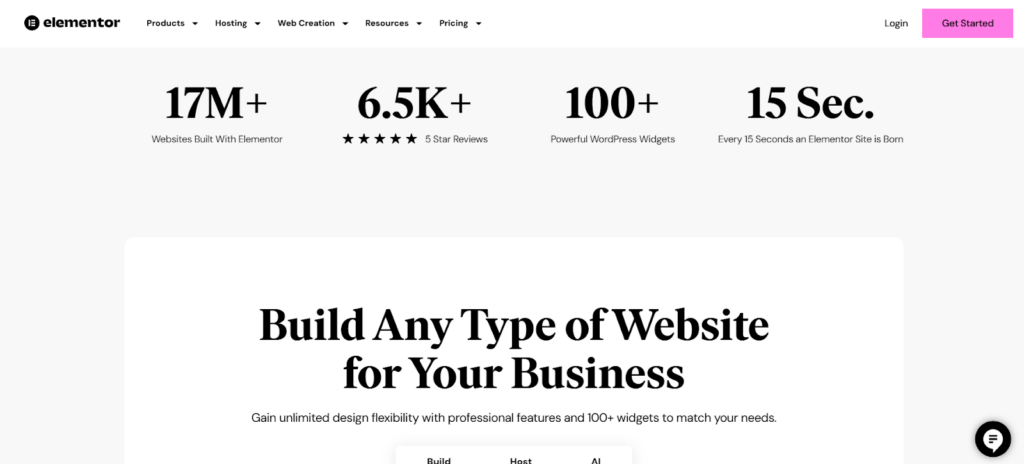
Think of Elementor as Lego for websites. It’s a tool that lets you build your store by dragging and dropping pieces into place. No coding is required!
Here’s why Elementor is a game-changer:
- Point-and-Click Design: Forget hiring a pricey web designer. With Elementor, you’re the designer! Just drag and drop, and voila—your store looks pro.
- Ready-Made Templates: Elementor offers a wide variety of pre-designed templates. It’s like having a personal interior decorator for your online shop.
- Time is Money: Building your store with Elementor is fast. The quicker you’re up and running, the sooner you can start selling.
- Plays Nice with WordPress: Elementor and WordPress get along like peanut butter and jelly. You can manage your products right in the Elementor editor.
Elementor AI: Your Creative Sidekick
Now, let’s talk about Elementor AI. It’s like having a brainy assistant who never sleeps.
Here’s what this AI whiz can do for you:
- Writer’s Block Buster: Stuck on what to write for your product descriptions? Elementor AI can whip up some snazzy text in seconds.
- Code Wizard: Want a fancy button or a cool animation? Tell the AI what you want, and it’ll spit out the code. No computer science degree is needed!
- Picture Perfect: Need a unique image for your store? Elementor AI can create one based on your description. It’s like having a personal artist on call.
Elementor Hosting: Your Store’s Cozy Home
Your online store needs a place to live, right? That’s where Elementor Hosting comes in. It’s like a 5-star hotel for your website.
Why it’s worth considering:
- Speed Demon: Built on Google Cloud, it’s faster than Usain Bolt. Quick loading times = happy customers.
- Fort Knox Security: It has top-notch security features, so your store will be safer than a bank vault.
- One-Stop Shop: Manage your hosting and design all in one place. It’s like having your cake and eating it too!
Real Talk: What Does This Cost in Real Life?
Let’s break it down with some real-world examples.
Sarah’s Jewelry Store: Starting Small
Meet Sarah. She’s just starting out selling her handmade jewelry online.
Here’s her monthly budget breakdown:
- Shopify Basic Plan: $39
- Transaction Fees (assuming $2000 in sales): $50
- A couple of essential apps: $20
- Domain name: About $1 (yearly cost spread out)
Total Monthly Cost: $110
Sarah uses Elementor’s free version to make her store look fab without spending extra. Smart move, Sarah!
Trendy Threads: Going Big
Now, let’s look at Trendy Threads, a clothing brand that’s really taking off.
Their monthly expenses:
- Advanced Shopify Plan: $399
- Transaction Fees (on $50,000 in sales): $1200
- Suite of powerful apps: $200
- Domain name: About $1 (yearly cost spread out)
- Custom theme work: $500
Total Monthly Cost: $2300
Trendy Threads uses Elementor Pro to create a unique look and feel. It’s a bigger investment, but it pays off with their high sales volume.
FAQs: The Stuff You’re Too Afraid to Ask
Can I dodge transaction fees on Shopify?
Not completely, but using Shopify Payments cuts them down. Higher plans also have lower fees.
Are any Shopify discounts available?
Yep! Pay for a year or two upfront and save up to 20%. It’s like buying in bulk at Costco.
How do I figure out my total Shopify costs?
Shopify’s website has a handy calculator. Enter your numbers to get an estimate.
What if I need help setting up my store?
Shopify offers 24/7 support and a network of experts if you need extra help.
Can I switch Shopify plans later?
Absolutely! You can upgrade or downgrade anytime. Your business, your rules.
Wrapping It Up
Setting up shop on Shopify doesn’t have to cost an arm and a leg. With tools like Elementor, you can create a killer store without emptying your piggy bank.
Remember:
- Choose the right Shopify plan for your current needs
- Use Elementor to design your store (and save on designer fees)
- Be smart about which apps you use
- Keep an eye on those transaction fees
Now, go forth and conquer the e-commerce world! Your wallet will thank you.
Looking for fresh content?
By entering your email, you agree to receive Elementor emails, including marketing emails,
and agree to our Terms & Conditions and Privacy Policy.
